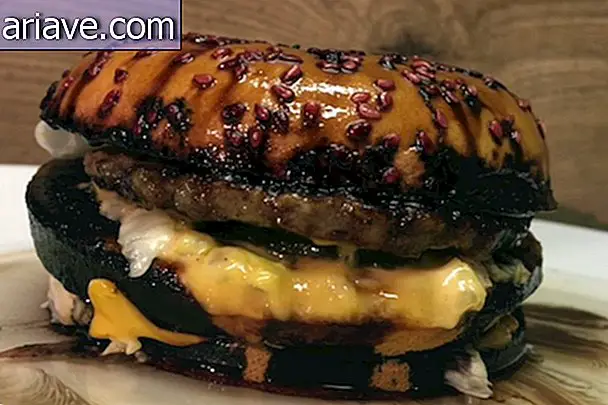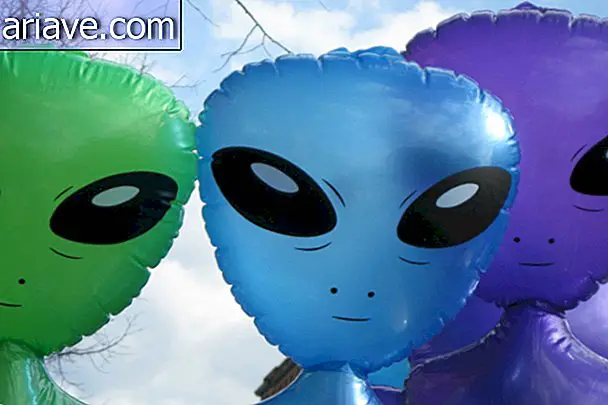Animation brings together a number of facts and curiosities about breasts - watch!
Even if you are a big fan of breasts, if you stop to analyze these structures from a biological point of view, you will soon notice that they are actually quite weird. After all, as you will discover from the animation we insert later - produced by the folks at AsapSCIENCE on YouTube - breasts are one of the few organs that aren't fully developed when humans are born.
Also, unlike most mammals whose mammary glands only become “fed up” during lactation, in humans - well, humans - they are permanently swollen.
Not to mention that our newborns rely almost entirely on breast-fed food - “magic” structures that can convert blood into milk to provide all the sugars, fat, antibodies, proteins and other nutrients to little babies! Humans are much luckier than the reptile and bird chicks, for example, who depend on their parents being able to find food to feed them. See the animation:
* You can enable subtitles in Portuguese in the video menu.
As you just saw in the video, there is a huge variety of breast shapes and sizes out there, and while there is a correlation between body mass and breast volume, genetics play a key role in how they look and look. dimension that these structures will have. In fact, in 50% of cases, one breast is larger than the other - and almost always the left is larger than the right.
This difference in breast size is called mammary asymmetry, and although it occurs so often, experts are unsure what causes the condition - but it is suspected that it is the result of hormonal changes that occur at puberty.

The video also explains that both women and men have nipples and mammary glands, but usually only girls develop - and grow in size - during adolescence. By the way, this feature is unique in humans! The animation also shows a little better what areolas are, that is, the pigmented skin full of small lumps around the nipples.
Also known as the Montgomery Tubers, areolas are actually sebaceous and sweat glands and have the function of secreting substances that keep the nipples protected and lubricated. Montgomery Tubers can also release compounds that make the nipples appetizing - for babies.
Speaking of appetizing nipples, breast milk doesn't come out of a single "hole" - as if the mother's breast were a bottle! In fact, these structures have numerous tiny holes that are imperceptible to the naked eye, and have receptors that detect when babies begin to breastfeed, sending messages to the mother's brain and triggering oxytocin release and continuous prolactin production.

In addition to talking about mothers and babies, the animation addresses the attachment that adults have for breasts! So much so that one of the most popular plastic surgery is breast augmentation - in 2014 alone, 300, 000 people underwent this type of operation in the US alone. On the other hand, interestingly, research has pointed out that there are "fans" for all breast sizes and shapes, although statistically medium-sized ones are the favorites.
Another interesting fact mentioned by the folks at AsapSCIENCE is that their breasts are not there to please everyone else - either visually or nutritionally speaking! After all, stimulation of this area of the body can be very pleasurable for men and women, and studies have shown that nipple manipulation not only plays an important role in the sexual arousal of 82% of women, but has a similar effect in 52% of men. .

However, despite having so many interesting facets, it is important to remember that breasts are extremely vulnerable, and one of the most prevalent forms of cancer that exist is breast cancer. According to the animation, the cells that divide most often are at greater risk of mutation, and the cells in the breasts are constantly replicating.
In addition, estrogen also stimulates cell division, not to mention the chemicals found in every type of product - from pesticides to food to industrial products - that behave like the hormone and can also induce cell growth and increase. the risk of breast cancer onset. Well, that and all the other risk factors that are constantly being discovered, such as breast density, age at first pregnancy, and genetic predisposition.
Did you know all these aspects about breasts? Comment on the Mega Curious Forum











